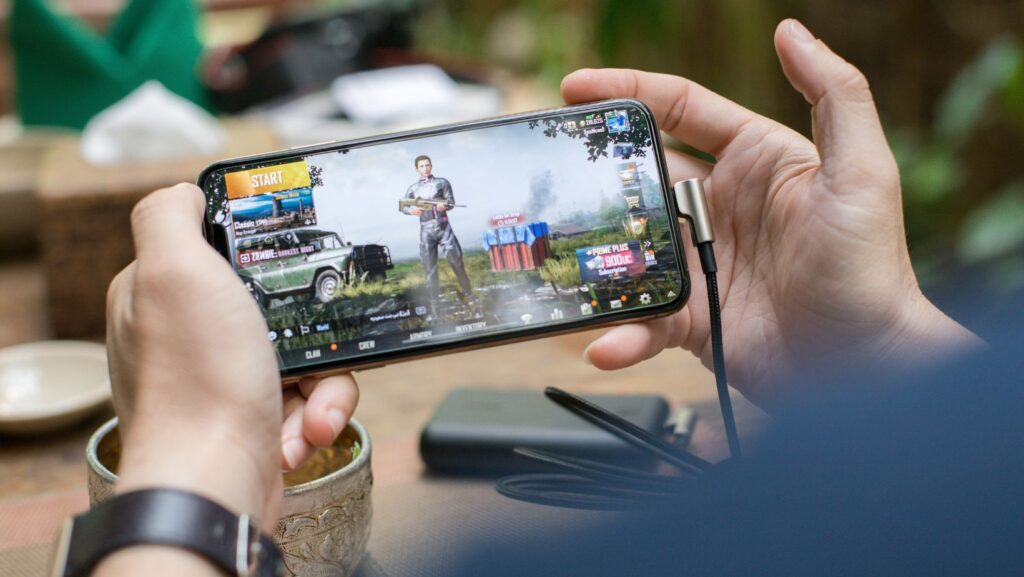It’s hard for many gamers to believe that, just over a decade ago, gaming consoles and PCs were the dominant forces in gaming. While gaming has existed on mobile phones for almost as long as the handsets themselves have existed, it was the release of the first iPhone in 2007 that gave gamers their first glimpse of what high-level gaming might look like on a mobile device. Technology has moved at a rapid clip since the iPhone shook up the world’s notion of what a mobile phone was capable of. During that time, gaming has moved beyond being the hobby of a few to being the hobby of millions of people from all walks of life.
We can give most of the credit to the deliberate expansion of gaming to mobile devices, which has made gaming accessible to those who couldn’t afford or didn’t want to spend hundreds of dollars on an expensive gaming setup. Today’s mobile games are just as immersive and engaging as their console and PC counterparts, and this constant innovation is what has pushed mobile gaming to the forefront of the gaming industry. In this article, we take a closer look at some of the factors driving the mobile gaming boom.
Innovation in Mobile Gaming
One of the biggest factors behind the mobile gaming boom is the technological advances that have made it possible for smartphones and tablets to handle console-quality games. You wouldn’t know by looking at it, but your smartphone’s mobile processor is powerful enough to run games with advanced graphics, allowing you to play games with impressive graphics.

Game engines like Unity and Unreal Engine are optimized for mobile, allowing developers to produce high-quality games across genres. There’s also cloud gaming that makes it possible to stream games with heavy-duty graphical requirements to your phone without the need for high-end hardware. All of these developments have put mobile gaming on nearly equal footing with gaming consoles and PCs.
You can see this in many of the most popular online games, with casino games being one of the best examples. Players can log onto an online casino from their mobile device and step into a digital world that feels very much like a physical casino. They can play table games or slots, like Book of Dead. This game features graphics inspired by ancient Egypt, including detailed symbols like hieroglyphs, tombs, and Egyptian gods. Phones from a few years ago wouldn’t have been able to handle these detailed visuals, but today’s phones can.
Beyond casino games, today’s games include touch and motion controls, as well as augmented reality to create interactive experiences. Pokémon Go is one of the best examples of how far mobile gaming has come in its ability to handle and incorporate new technologies, something that was once the unique domain of gaming consoles and PCs.
Accessibility Driving Popularity
Mobile devices have made gaming accessible to the masses. With smartphones available to people around the world, there’s a huge built-in audience for mobile games that don’t exist on consoles or PCs.

Whether commuting to work or waiting for an appointment at the dentist, gaming is a way for people to entertain themselves when they have free time, and that accessibility explains its broad appeal. It doesn’t matter whether a person owns a high-end gaming phone or a budget model; there’s a game that can run on it, and it’s usually a good one.
The gaming industry’s free-to-play model has also played a significant role in the popularity of mobile gaming. Gamers get to decide how much they want to spend on in-app purchases in a game, and if they don’t want to spend anything, they can often still play these titles. This low cost of entry is a big part of why mobile gaming has been able to attract such a large audience; players can enjoy a huge number of games without any upfront costs. These games are easy to download from the Google Play Store or the Apple App Store, making them available in seconds for play at home or on the go.



